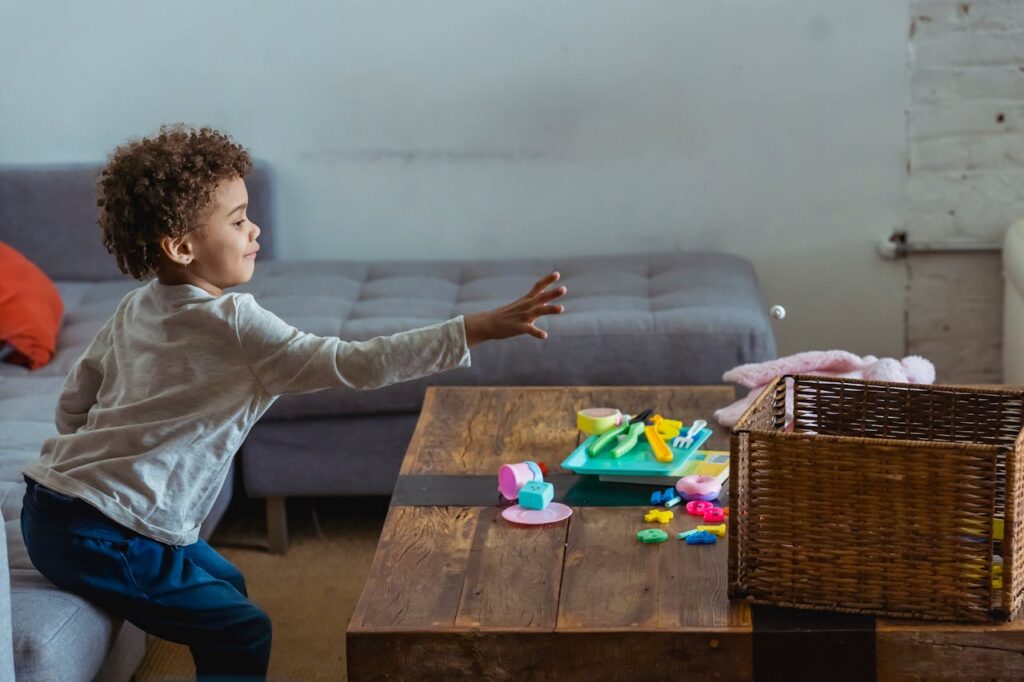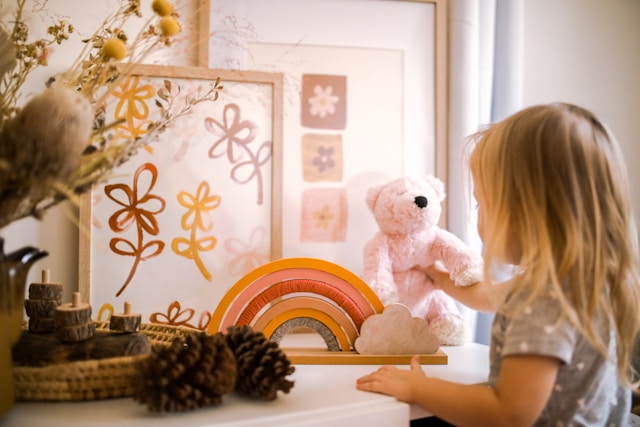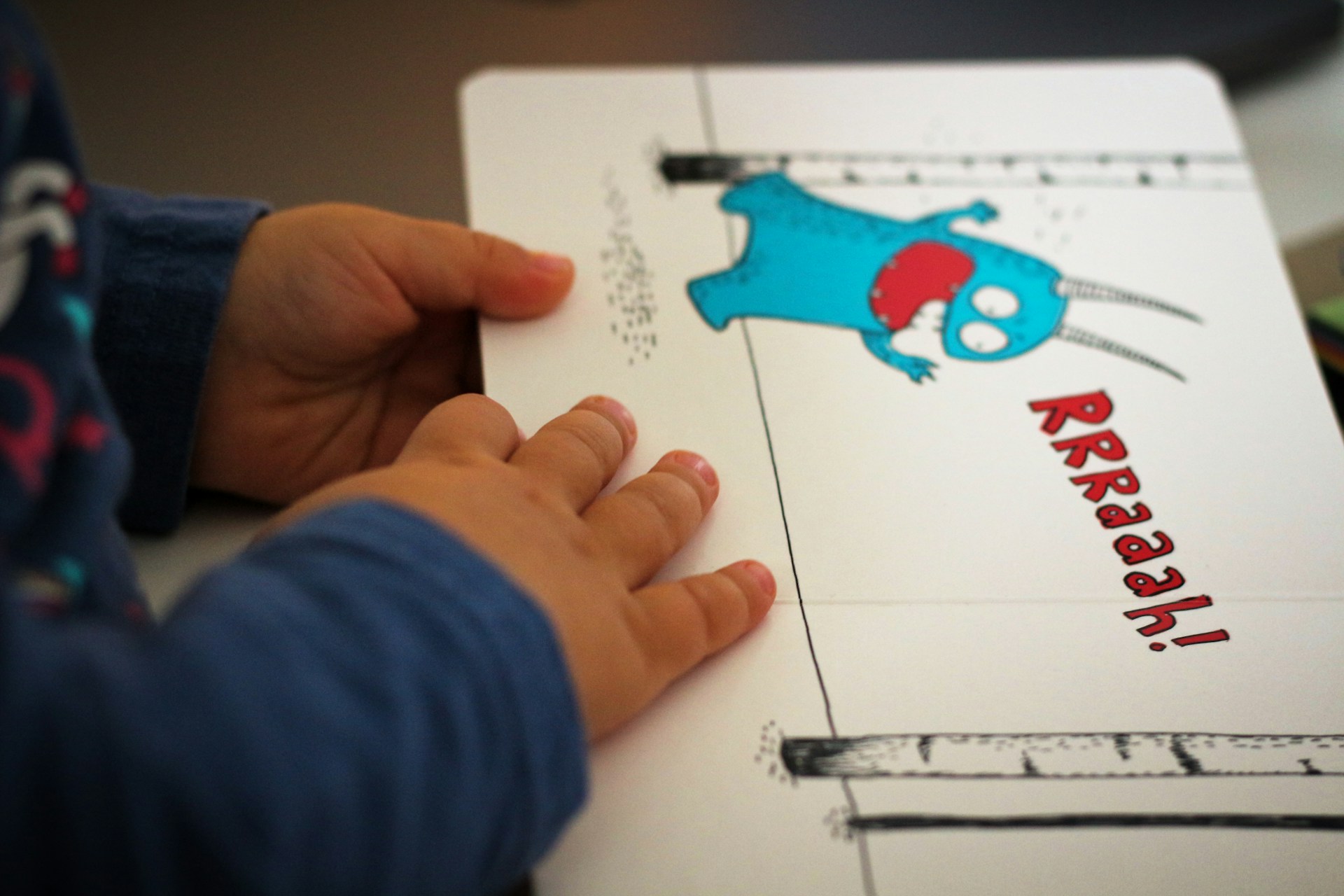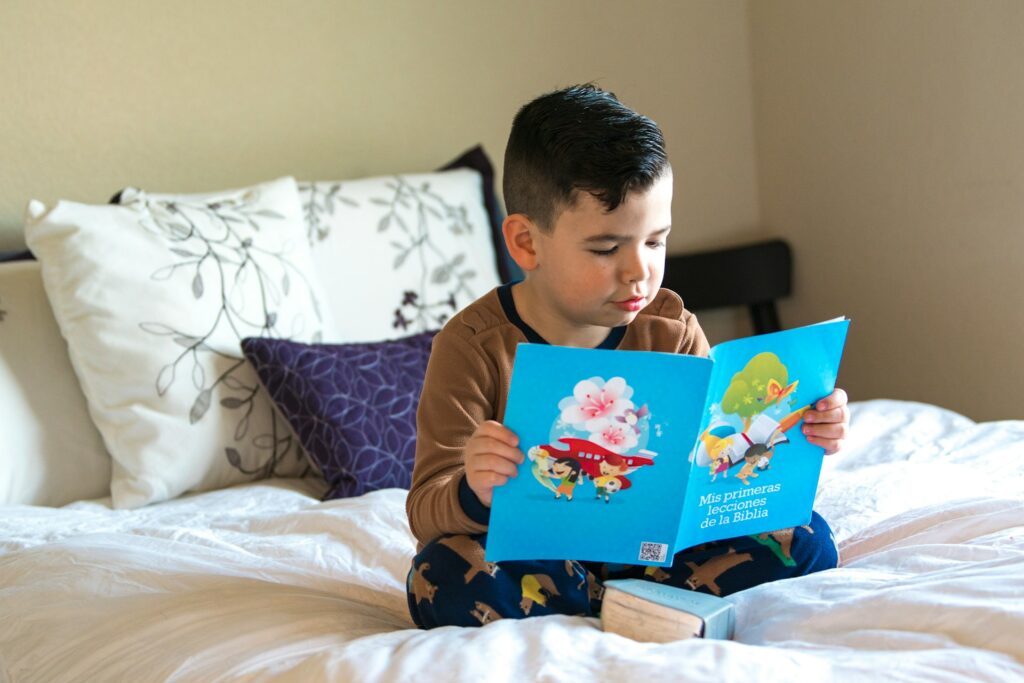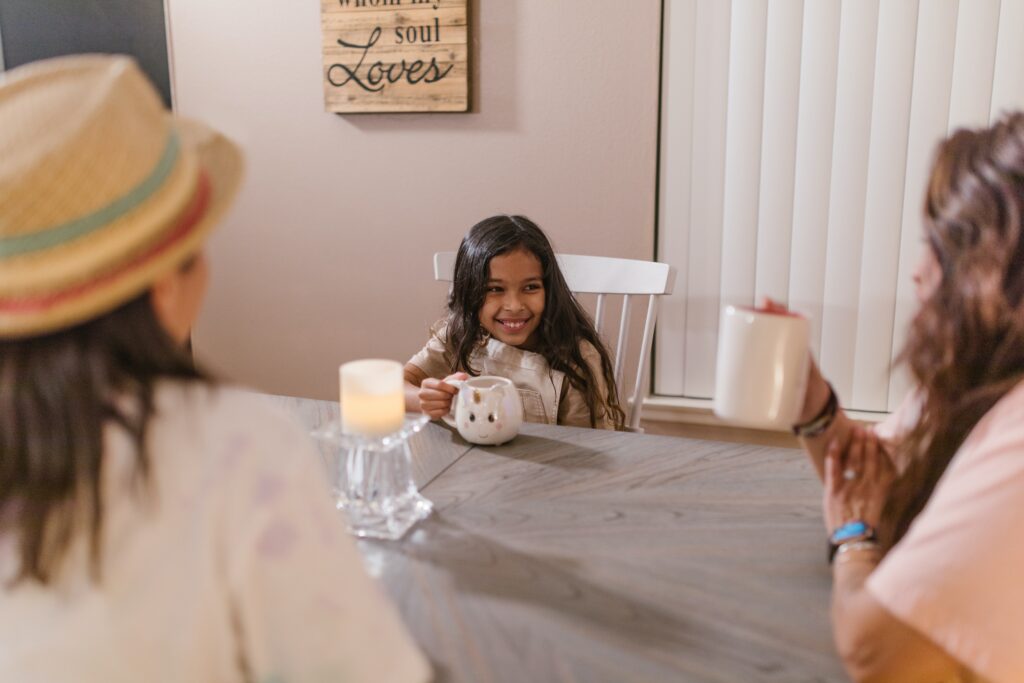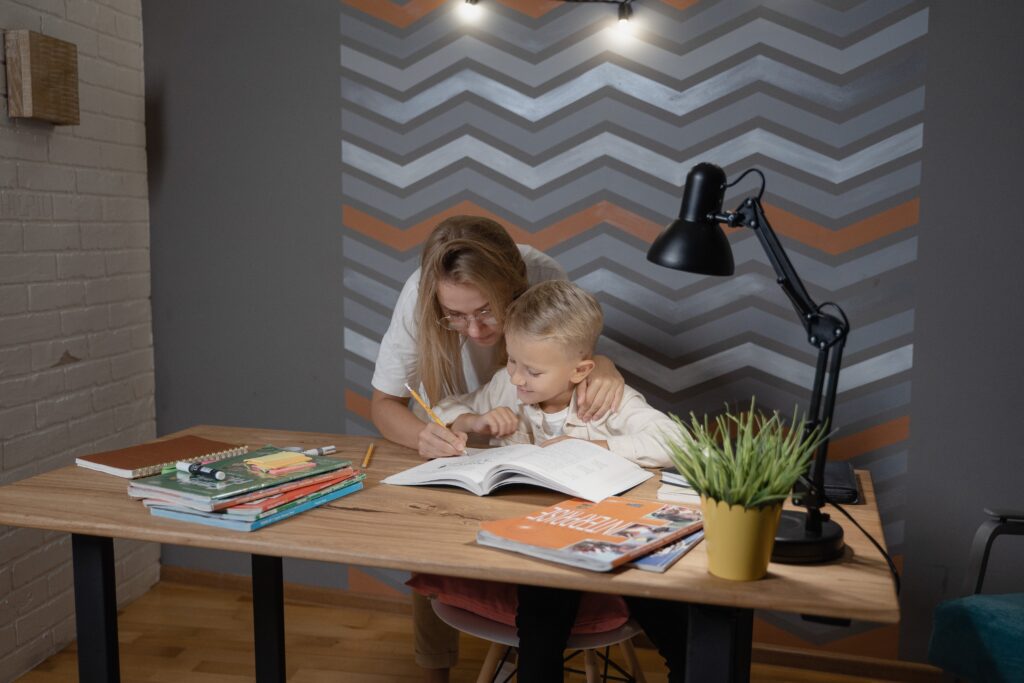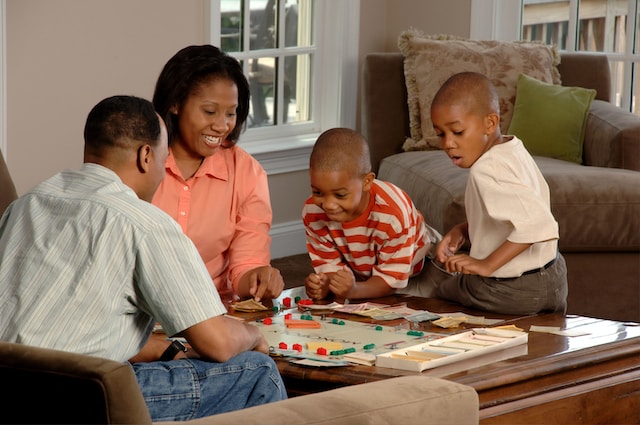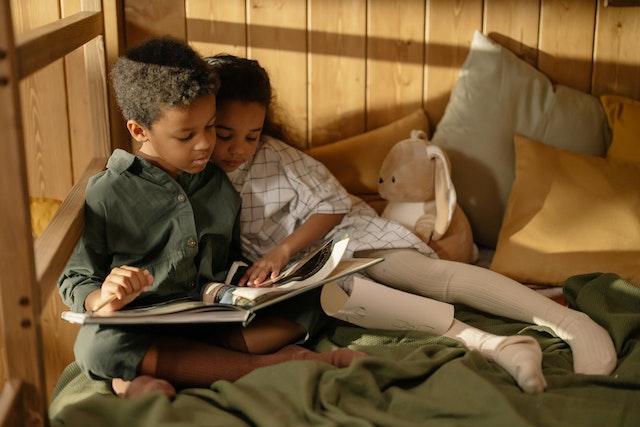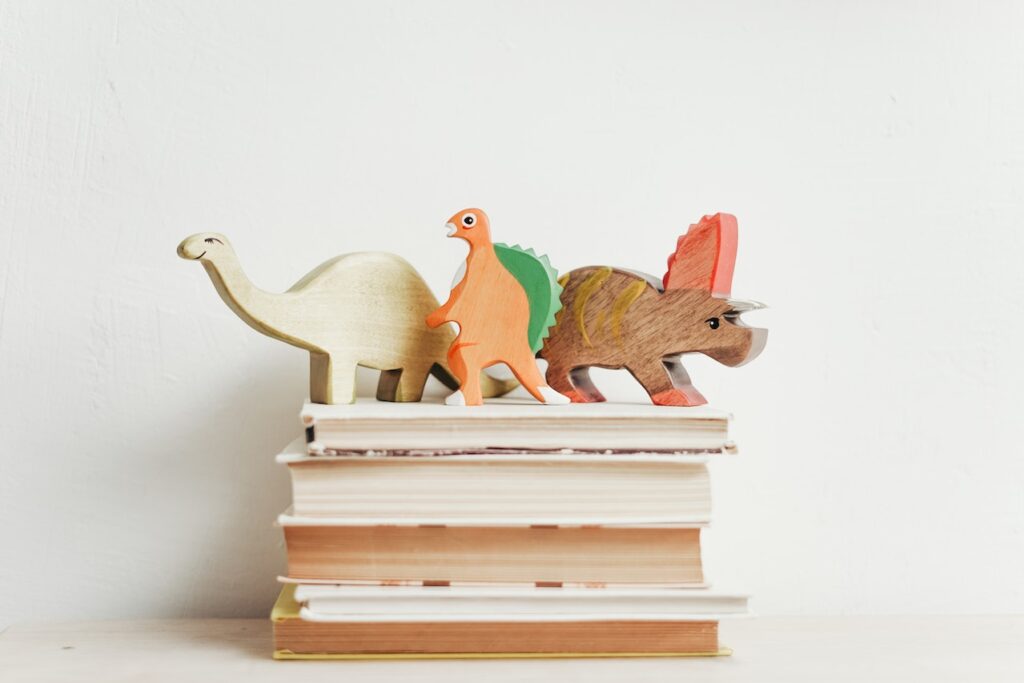
Relocating to a new city and settling in a new home can be both exciting and challenging, especially when it comes to ensuring your family’s health and well-being. One of the most important tasks on your to-do list should be finding the right healthcare providers for your children. For families moving, this means finding a trustworthy pediatrician who will care for your child’s medical needs with expertise and compassion. The search process doesn’t need to be overwhelming. By following these five tips, you’ll be well on your way to finding the perfect pediatrician for your family after relocating.
Lay A Solid Foundation
First things first—before you start searching for a pediatrician, we have to talk about setting up a smooth move. When relocating to a new city, it’s essential to create a solid foundation to help your family settle in smoothly. A well-organized moving process sets the tone for how quickly you can adjust to your new surroundings, especially when you have children. Handling the details of your move efficiently gives you more time to focus on important tasks, like researching schools and finding a trustworthy pediatrician. By working with peasleyboisemovers.com, you can streamline the whole process, making sure that everything arrives safely and on time. With the logistics under control, you’ll have the freedom to focus on what truly matters—getting your family comfortable in your new home and securing the best healthcare for your kids.
1 Leverage Online Reviews And Ratings
The first step in finding a trustworthy pediatrician is to tap into the wealth of information available online. Various platforms like Google, Yelp, and Healthgrades allow parents to leave reviews and ratings for healthcare providers, including pediatricians. These reviews often provide valuable insight into the quality of care a doctor provides, along with the experiences of other local parents.
Locals are typically active on these platforms, offering advice based on their firsthand experiences. When reading reviews, look for patterns in the feedback. Consistently positive reviews are a good sign, while repeated negative comments should raise red flags. This initial research can help narrow down your options and give you a good starting point in your search for a pediatrician.

2 Ask For Recommendations From Local Parent Groups
One of the most effective ways to find a trustworthy pediatrician is by tapping into the strong sense of community. Local parent groups, whether online or in-person, are often filled with parents who have already been through the process of finding a pediatrician. You can join specific Facebook groups and neighborhood forums or even participate in community events where parents gather and share advice.
These local groups often provide more personalized and honest recommendations than general online searches. They can also be a great resource for understanding which pediatricians are currently accepting new patients, what their office environments are like, and how accessible they are for appointments. Don’t hesitate to ask specific questions about a pediatrician’s approach to care, bedside manner, or handling emergencies—other parents will usually be happy to share their insights.

3 Verify Credentials And Board Certifications
When it comes to healthcare, trust is earned through qualifications and experience. Verifying a pediatrician’s credentials is a crucial step in finding a trustworthy pediatrician. You want to make sure that the doctor you choose is board-certified by the American Academy of Pediatrics (AAP). This certification means that they have completed specialized training and are equipped to provide top-notch care for children.
You can easily check someone’s credentials by visiting the AAP’s website or by checking Idaho’s state medical board website. Both resources will confirm if a doctor is in good standing and licensed to practice. A pediatrician’s credentials provide the foundation of trust needed for a long-term doctor-patient relationship.
4 Consider Proximity And Accessibility
Proximity to your pediatrician’s office is an important factor to consider. Finding a doctor near your home or your child’s school can save time and stress, particularly if your child gets sick unexpectedly or needs a quick visit.
Additionally, it’s important to consider the office’s accessibility. Do they offer same-day appointments for sick visits? What about after-hours care or weekend appointments? Many pediatricians offer telehealth consultations, which can be a lifesaver when your child has a mild illness but still needs to be seen quickly. Look for those doctors whose office is conveniently located and who offer flexible scheduling options to accommodate your family’s needs.
5 Schedule A Consultation Before Making A Decision
After narrowing down your options, it’s a good idea to schedule a face-to-face consultation with the pediatricians you’re considering. This step is important for evaluating whether one of them is the right fit for your family. Many pediatricians offer free or low-cost consultation appointments or even virtual consultations. This allows you to meet the doctor without committing to their practice just yet.
During this consultation, observe how the pediatrician interacts with your child. Do they speak directly to your child and make them feel comfortable? Are they patient and thorough in answering your questions? A consultation provides an opportunity to see the pediatrician’s bedside manner and decide whether you feel confident in their care. Trust your instincts during this meeting. If you or your child feel at ease, that’s a good sign you’ve found a good match.

Conclusion
Deciding to move to a new city offers many wonderful opportunities, but securing a trustworthy pediatrician should be a priority. By using online reviews, seeking recommendations from local parent groups, verifying credentials, considering proximity, and scheduling a consultation, you’ll be well on your way to finding a trustworthy pediatrician for your child. Take your time with the process. Trust that your efforts will lead to a healthcare provider who will be a valued part of your life. Your child’s health and happiness depend on it!







